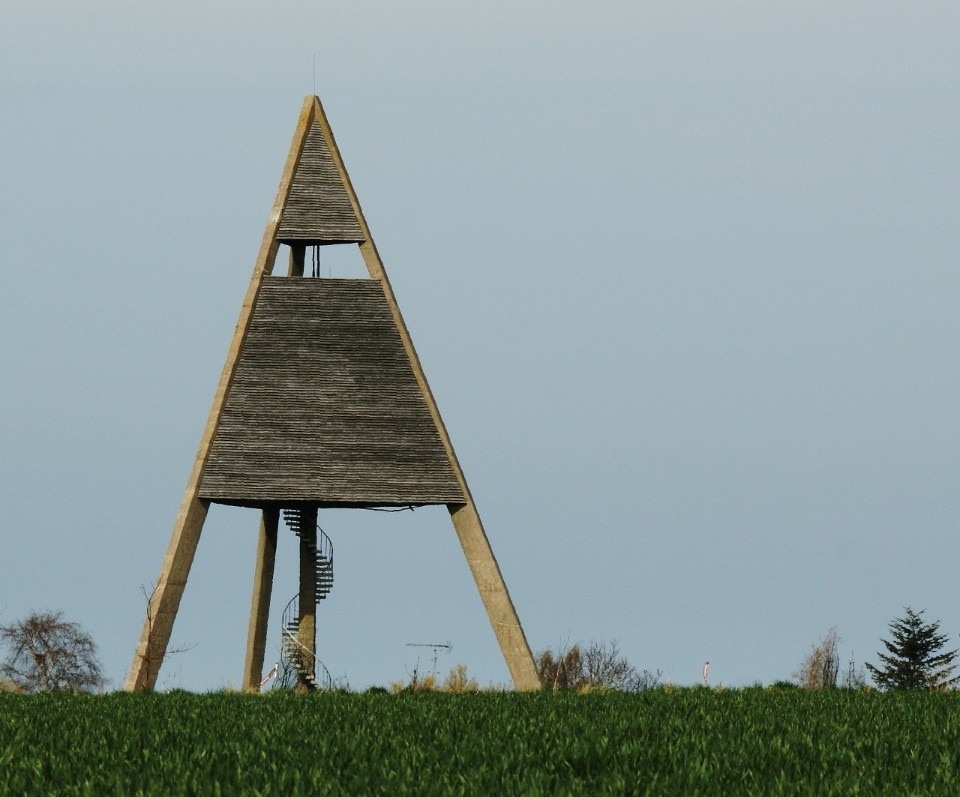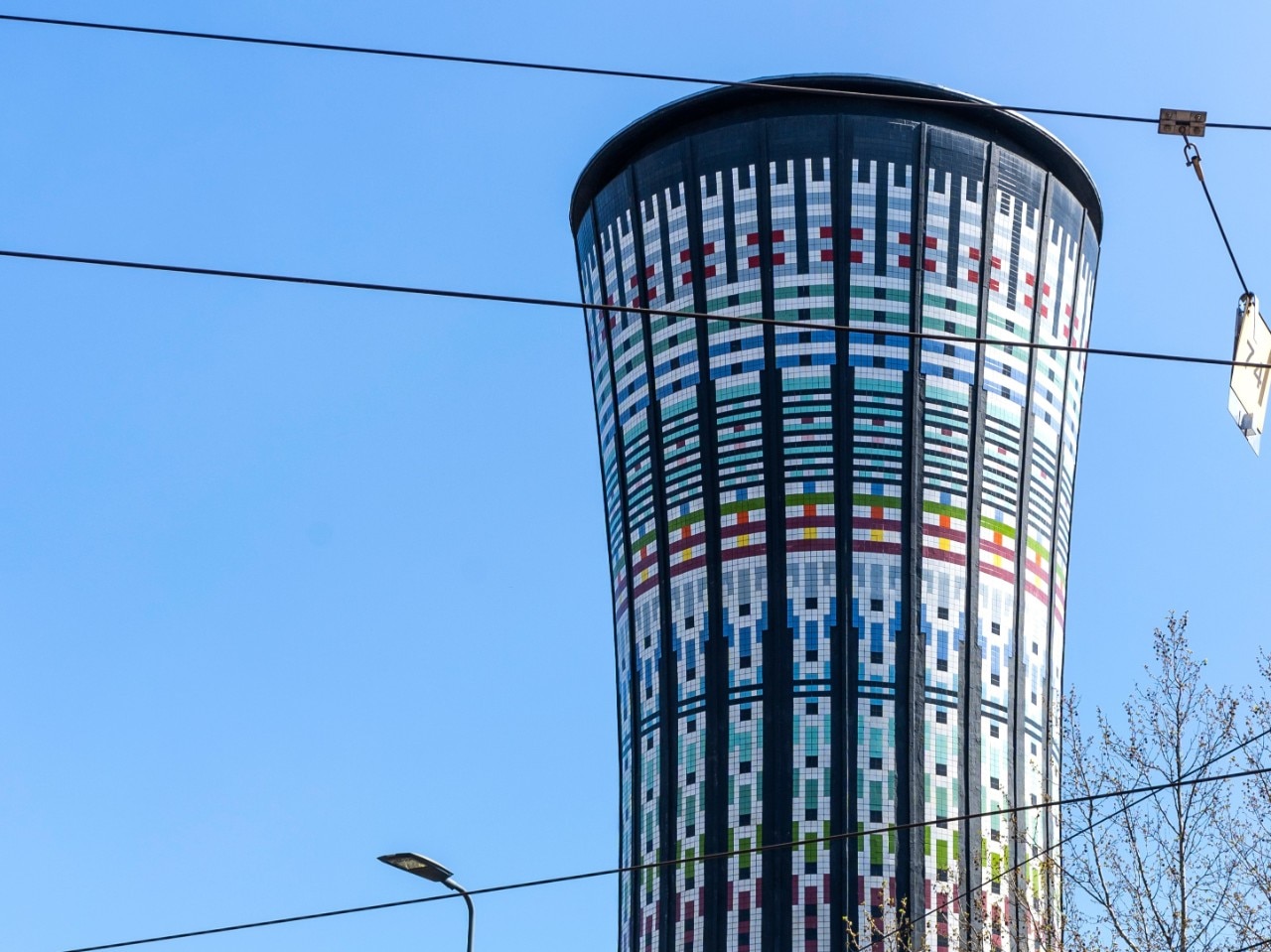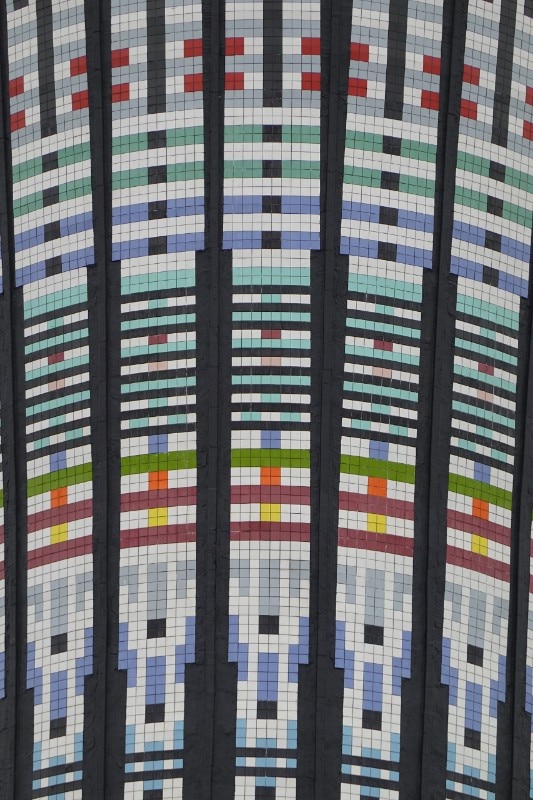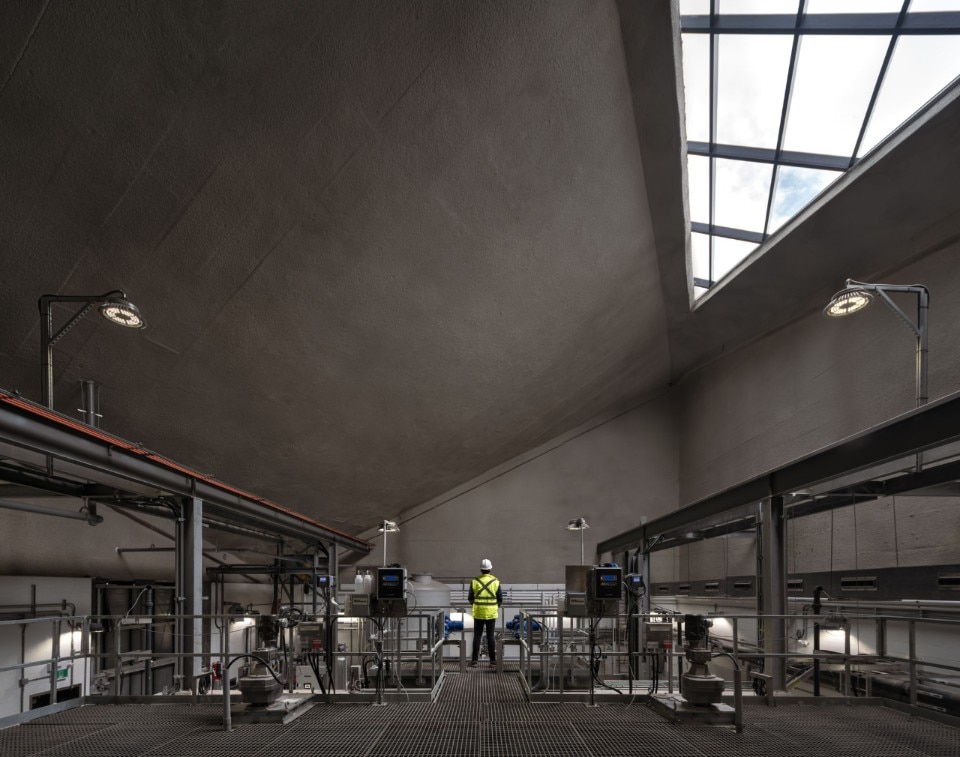A water tower is an object where the principles of physics and the poetic experiments of architectural design are – as it rarely happens – to have equal weight.
In itself, what we call a piezometric tower is an an elevated reservoir that distributes water to different points according to the law of gravity and the principle of communicating vessels. The water stored in height can be distributed to several areas simultaneously due to the higher pressure, as long as the height of the tower is at least equal to that of the points to be served.
The functional scheme of storage, catchment and distribution is thus objectively fixed, but it is in its architectural expression that multiple variables capable of influencing compositional choices take over: topological characteristics and entity of the catchment area, then the location, the height of the artifact, and the size of the reservoir.

Even more subject to variability is the design of the building shell, not strictly bound to mechanical and quantitative logics, which over time has given rise to diverse expressive explorations by architects and engineers. From purely functional realisations, historically located near railway stations to supply steam locomotives (Termini Station Piezometric Towers, Rainbow Tower), to more recent ones to combat water emergencies in disadvantaged areas (Warka Tower), over time the piezometric tower typology has evolved from a simple "utility infrastructure" to "architecture" that imposes itself incisively in the territory from both a figurative and communicative point of view.
This is the case of iconic landmarks that span the architectural language - from Neo-Gothic (Chicago Water Towers), to Brutalism (Cranhill Water Tower in Glasgow, Chateau d'eau de La Source in Orléans, Midrand Water Tower in Johannesburgh, StormWater Facility in Toronto), to Futurism (EUR Water Centre in Rome) - and works that adopt an unusual and captivating design to enhance the identity of the place and the function they play: macroscopic mushrooms (Water Towers in Kuwait City), industrial laceworks (Château d'eau Ban de Gasperich in Luxembourg), giant peaches (Peachoid in Illinois) and anti-gravity spheres (Union Watersphere in New Jersey) that dot the urban landscape and stand along busy roads like advertising totems.
If today many water towers are disused or decaying due to the transformation of processes and technologies (Svaneke Water Tower), and if the building reuse market often looks at this typology with intellectualistic interest (albeit with variable results), there is no doubt about the peculiar charm of these emblematic service architectures, sometimes still active in their original purpose and sometimes relegated to broken utensils waiting for a new function so as not to be forgotten.































